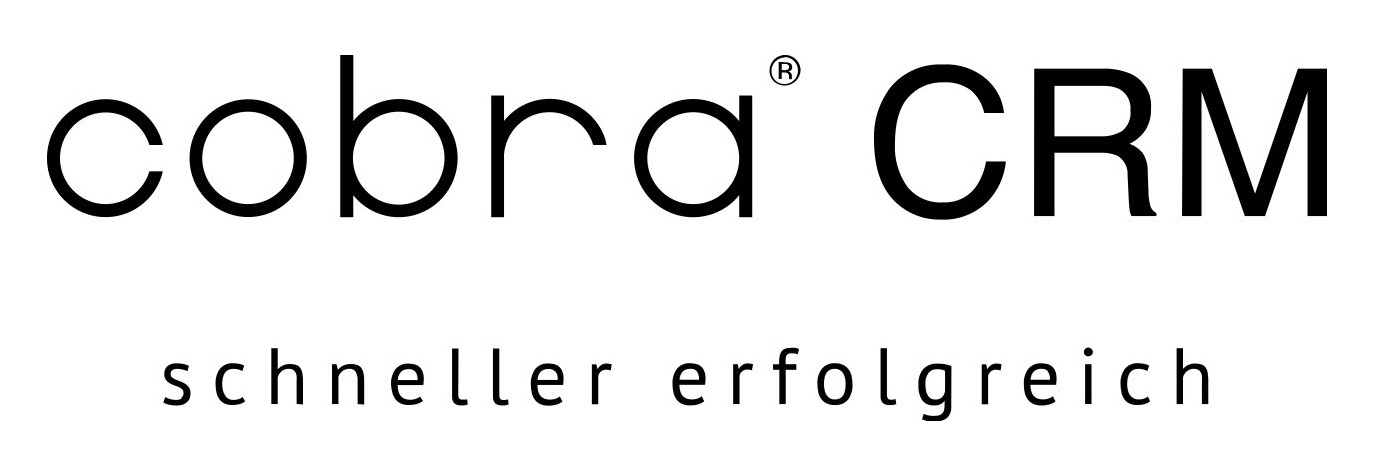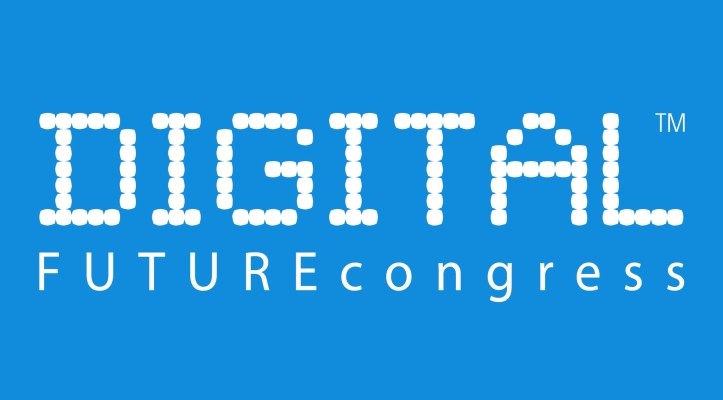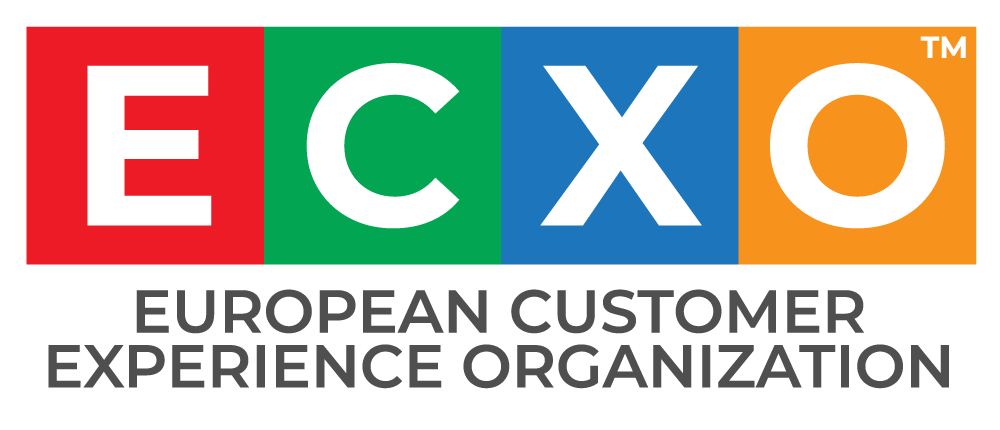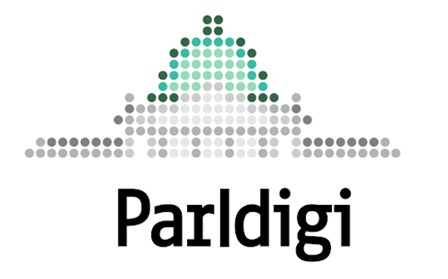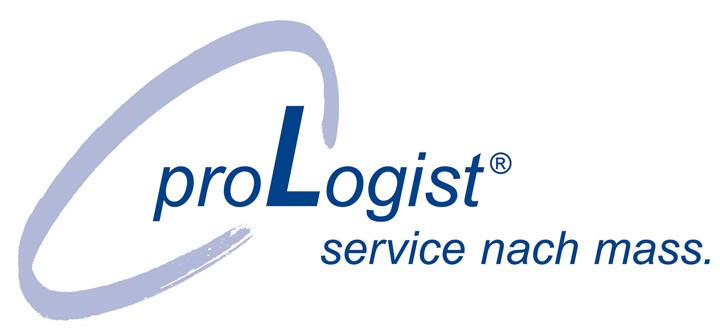Experience Perception – The Journey Design to Resonate with Customer and Employees… or Not
Author: Ricardo Saltz GulkoQuelle: eglobalis.com
Customer journey mapping is one of the tools and ‘’pillars’’ any organization utilizes to truly understand customer and employee journeys. This can and should also be used for designing the target governance and operation model that will help transform your company from within. The effect is to remove as much complexity as possible, while building a more adaptive and agile model for all aspects of your organization, from culture and capabilities to how the company manages employee and customer experience (EX and CX).
I recently read a thought-provoking article from BCG that said there is often a great discrepancy between a company’s self-perceptions vs. the perception of the company’s customers or employees. Today I will talk about the power of perception and how journey mapping can help your company close your own gaps and discern the actual situation.
We all aim to put customers and employees at the focus of our business, often by designing our organizations to be customer- and employee-centric. Many times, this is just a nice slogan backed up with few actions. The same can be said about the ability to enact changes to generate better human experiences and perceptions. At Samsung, they have a CX product perception program that enables a faster “time-to-market” process for product launches, because all the preparation work has been handled by the experience enablers.
Many managers and thought leaders preach that CX and EX are a big part of the solution. While this is true, nothing a company does will create sustainable loyalty without products and services that actually solve customer problems and minimize perception gaps – for both B2B and B2C organizations.
As Lior Arussy said in an interview on our podcast, quality is already a given these days. We assume that whatever we buy will possess a certain level of quality in its ability to solve our business issues without any negative surprises. But many companies – including top brands – are still not delivering this consistently. When we encounter failures, our focus turns to the company’s ability to solve our problems – the key quality that supposedly led us to their solutions and not their competitor’s. At this critical point, it doesn’t matter whether we interact with our supplier via their cloud solution technology or a simple human interaction; their credibility and our trust in them are broken. Our experience and the supplier’s ability to solve our issues efficiently are the only things that will define our perception. In any sector. No matter what product or service you design, your company relies on your ability to generate Adoption.
Everything depends on your ability to ensure your customers stick with you. This happens through your quality, design, intuitiveness, usability, simplification, and the experience delivered in each interaction, especially now that most products are perceived as having several alternatives. Yes, customer centricity plays a big role in the success or failure of any company, but it is crucial to dissect centricity. It’s not only about CX or EX. It includes crucial areas such as what I call “continuously adaptive design” – where services and products are adaptive and are enhanced based on market changes and new requirements.
In a utopia, every service and product would be so good, you wouldn’t need to interact with the company providing it. But since no one has achieved ‘’perfection’’ yet, I assume interactions will keep happening. Therefore, the main question for organizations is how to generate Adoption.
Think about the costs you could save if you delivered intuitive, well-designed products/services and experiences that are so good, consumers would not require much help from you. You could eliminate or reduce your need to spend money maintaining contact centers or extended onboarding programs. Instead, if your products require clarifications, part of the solution could include use of AI and IoT technologies – either separately or conjointly – to help customers with their experiences. Examples of this range from the automotive sales industry to Sephora or Atlas Copco – companies that mix their use of tech to enhance experiences and simplify customer and employee journeys.
Slowly, the need for human intervention will decrease and become less intense as algorithms and machine learning capabilities improve.


































